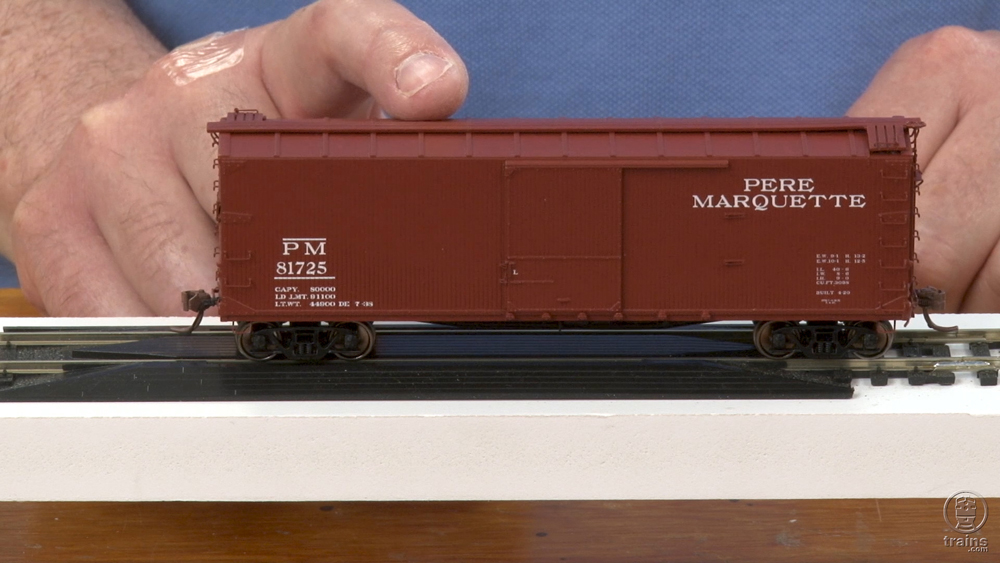
In this quick how-to video, Eric White shows you how a little bit of filing can go a long way when trying to fix the pesky wobble on a boxcar. VIDEO TRANSCRIPT BELOW: Ready to run models can be great, but sometimes you need to do a little tuning. Take a look at this. You […]
Read More…

In this quick how-to video, Eric White shows you how a little bit of filing can go a long way when trying to fix the pesky wobble on a boxcar. VIDEO TRANSCRIPT BELOW: Ready to run models can be great, but sometimes you need to do a little tuning. Take a look at this. You […]
Read More…
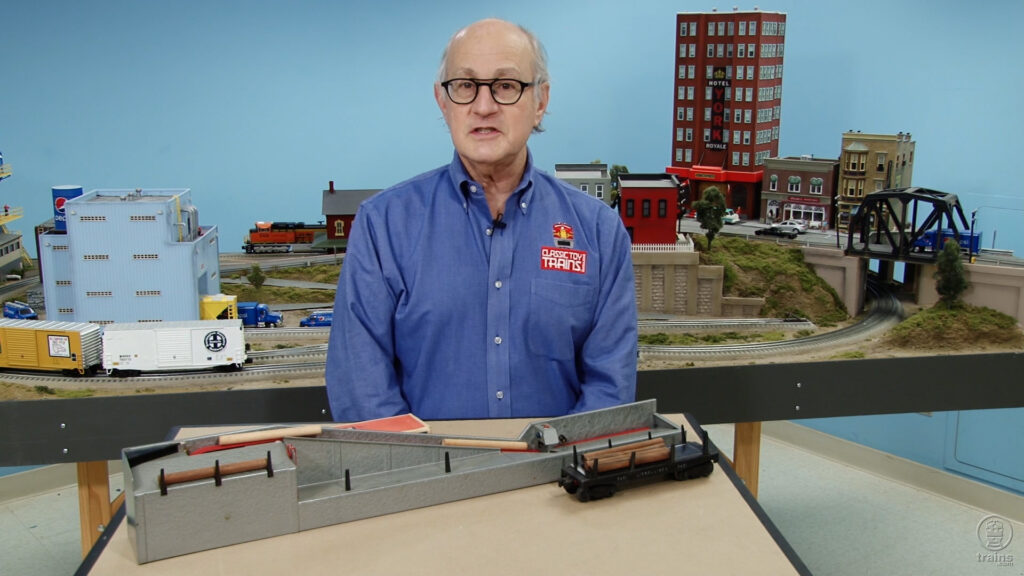
Professor Carp brings you the history and details of one of Lionel’s most entertaining accessories, its no. 364 Log Loader. Classic Toy Trains Editor Hal Miller is also on hand to take a look at the mechanics of this workhorse gem. […]
Read More…
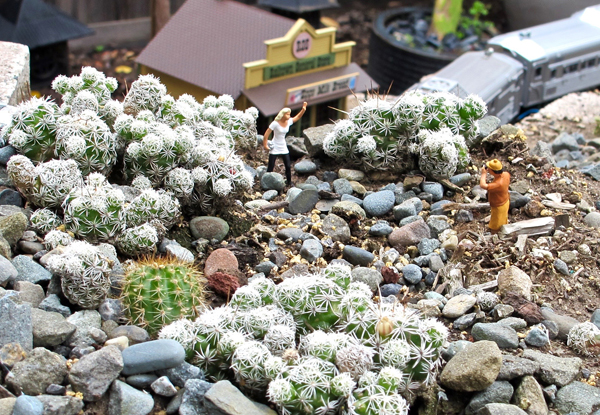
Common name: Thimble cactus Latin name: Mammillaria gracilis fragilis Plant type: Perennial USDA Hardiness Zones: 9-11 Cultural needs: Gravelly or sandy well-drained, neutral or slightly acidic soil; full sun Plant size: 1″ high, spreading to 6-12″ As might be expected, this miniature mammillaria cactus hails from south of the border in Central or Eastern Mexico, […]
Read More…

Facts & Features Name: Jon Balka’s S gauge layout Dimensions: 5 1/2 x 10 feet Track and switches: American Flyer All*Aboard panels Motive power: Gilbert American Flyer Rolling stock: Gilbert American Flyer Controls: Gilbert American Flyer nos. 8B and 22004 transformers Structures: Gilbert American Flyer, Littletown, Marx, Plasticville Vehicles: Marx, Renwal Figures: Marx Click here […]
Read More…
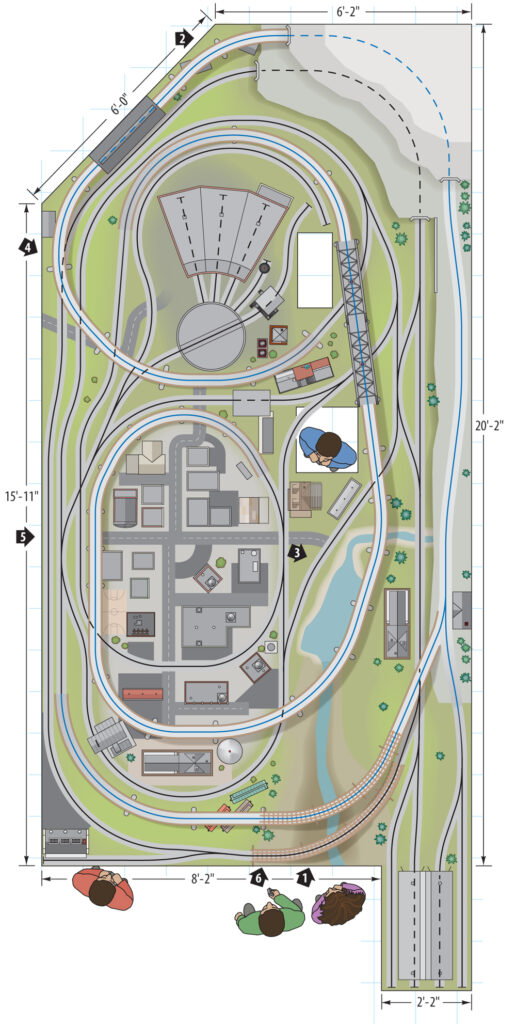
Facts & Features Name: Gefken family’s O gauge layout Dimensions: 10 x 20 feet Track and switches: Lionel (diameters range from 48 to 72 inches) Motive power: Lionel Rolling stock: K-Line, Lionel, Williams by Bachmann Controls: Lionel CW-80 transformer (3), with Lionel Legacy command control Accessories: Atlas O, K-Line, Lionel Structures: Ameri-Towne, Atlas O, JV […]
Read More…
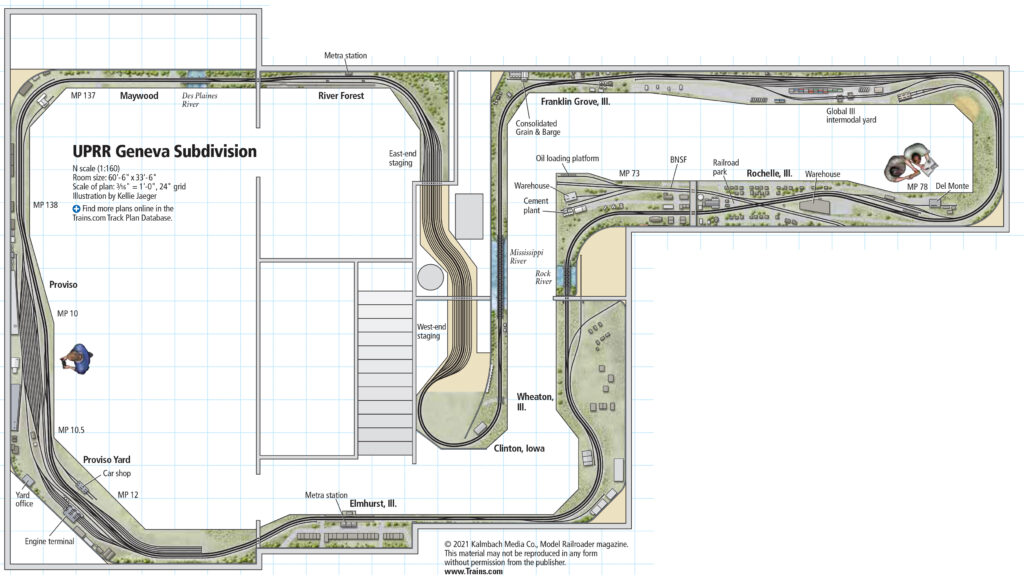
The layout at a glance Name: UPRR Geneva Subdivision Scale: N (1:160) Size: 60′-6″ x 33′-6″ Prototype: Union Pacific Locale: northern Illinois Era: 2014 Style: walkaround Mainline run: 250 feet Minimum radius: 36″ Turnouts: no. 10 (main), no. 8 (secondary and yards) Maximum grade: 0.5 percent Benchwork: open grid Height: 55″ Roadbed: 3⁄16″ cork (main), […]
Read More…
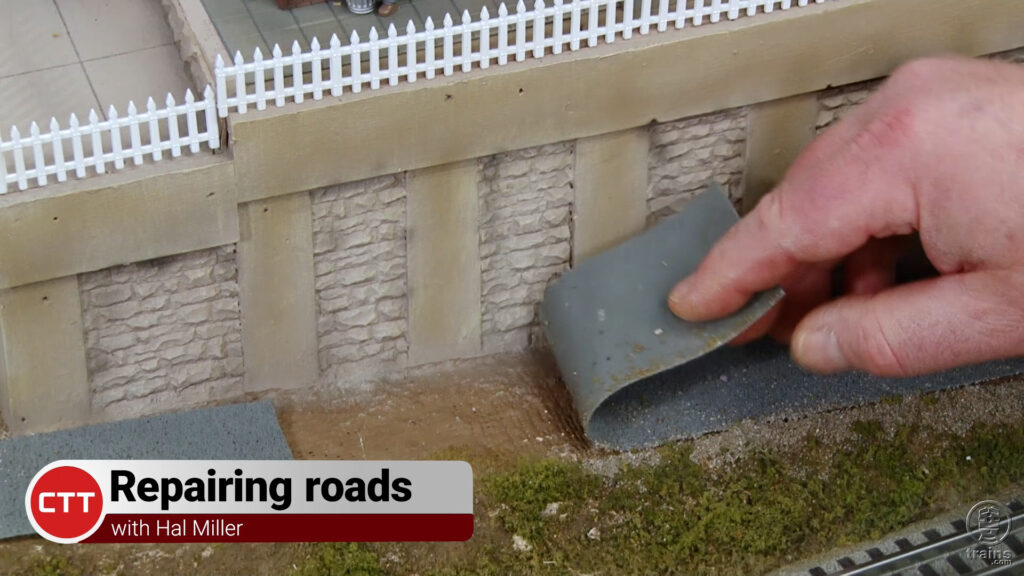
Hal Miller repairs peeling roadway material on the City Transfer & Terminal, an O gauge layout showcased in Classic Toy Trains articles and videos throughout 2018. With the original adhesive backing now dry and no longer tacky, Hal shows how silicone caulk can be used to affix the roads to the layout for good. […]
Read More…
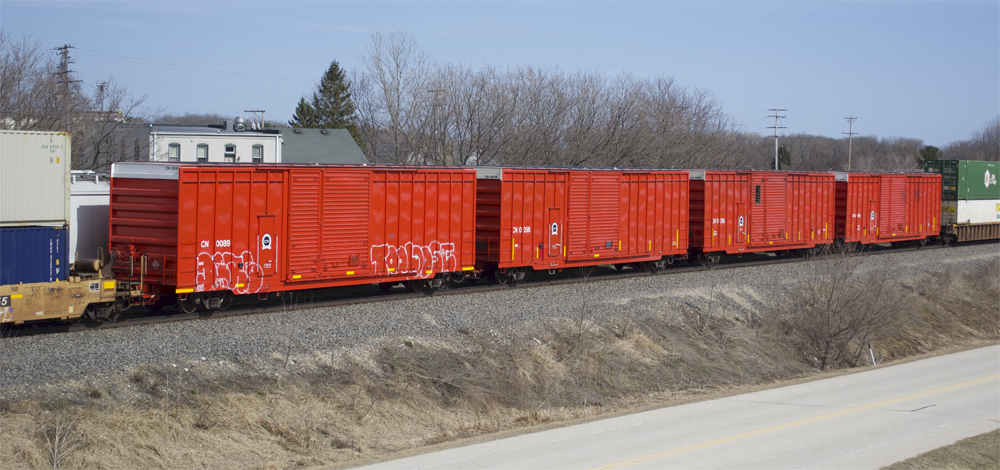
Welcome to Cody’s Trackside Finds, a new series on Trains.com, where we’ll look at interesting locomotives, freight cars, structures, or details that I’ve come across while railfanning. In these entries, I’ll provide some background information on the subject, give you some modeling tips, and most importantly, encourage comments from the Trains.com community. Do you have […]
Read More…
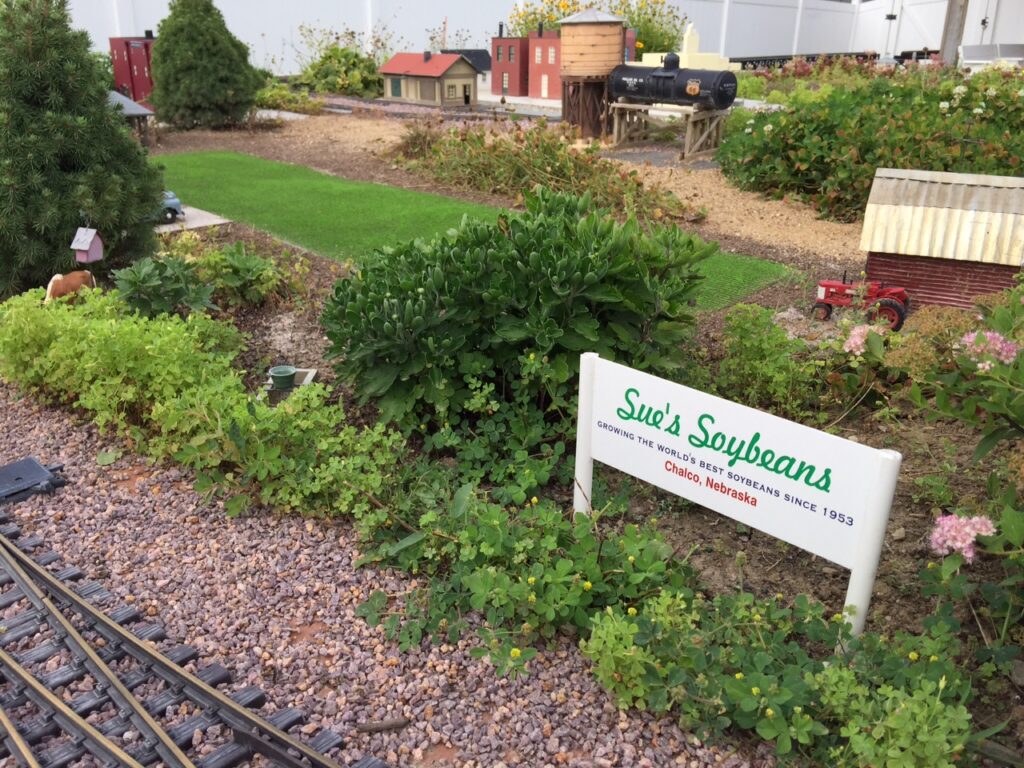
Always looking for new ways to make the farm scene on my garden railroad layout look more realistic, I decided to add a field of crops. With my limited knowledge of gardening, creating long rows of perfectly aligned tiny plants just wasn’t possible. I pondered several ideas but discovered the best one as I strolled […]
Read More…
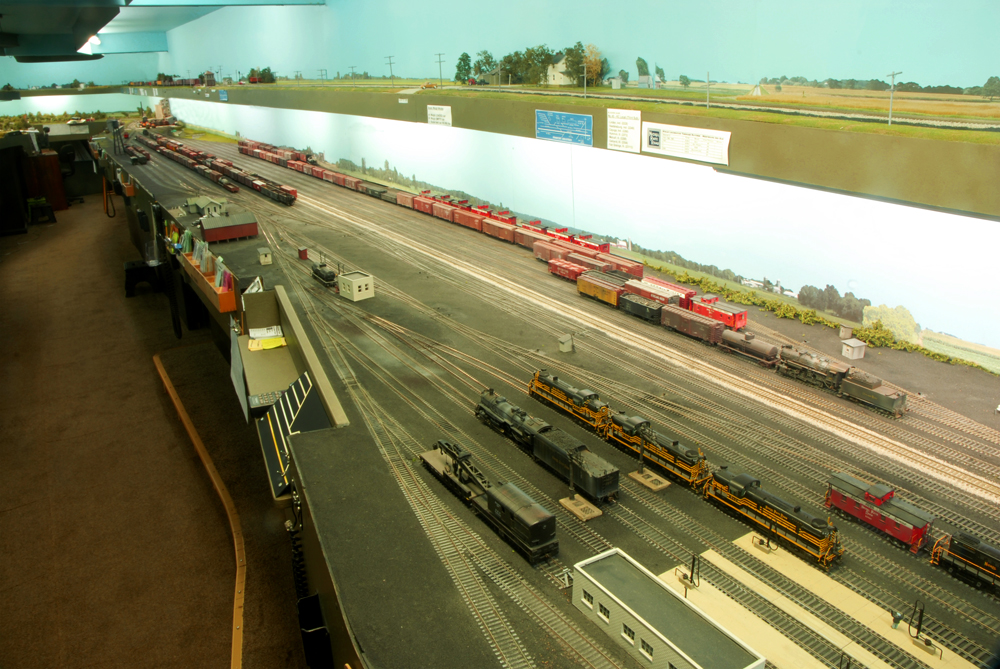
Why do you stage a model train layout? Let’s be clear about the need for staging. Unless you’re modeling a very small railroad or perhaps a branch line, you’re faced with the need to simulate the connections that the part of the railroad you’ve opted to model makes with the rest of that same railroad […]
Read More…
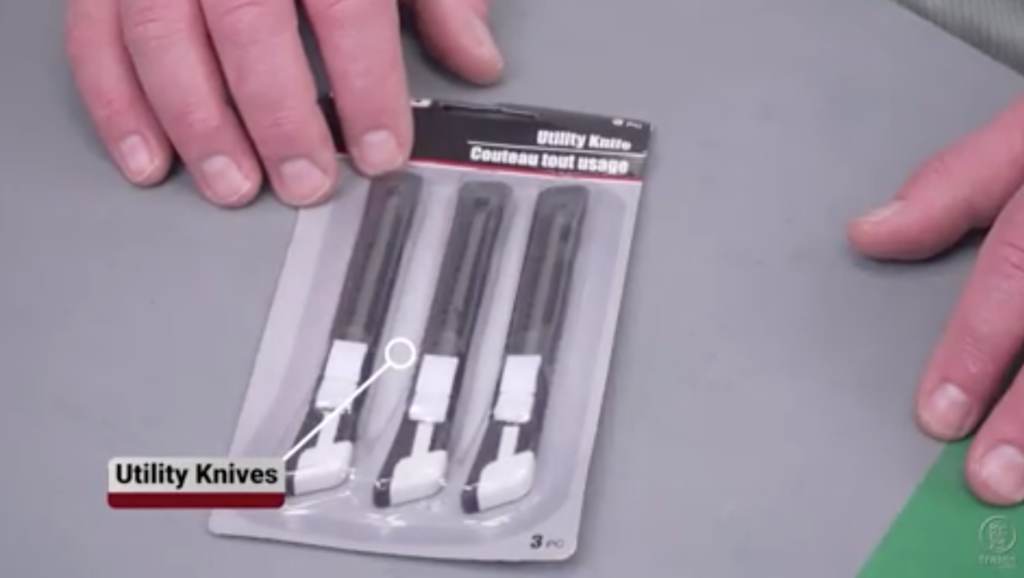
Classic Toy Trains Editor Hal Miller prowls the dollar store aisles in search of inexpensive items that are useful on the workbench or layout. […]
Read More…











